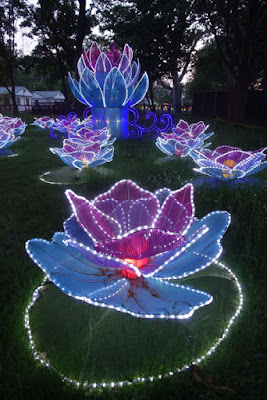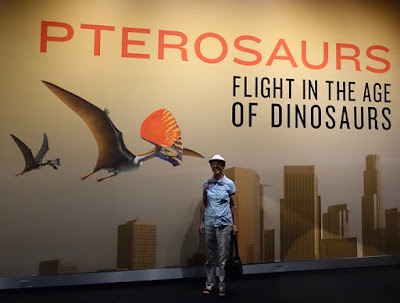 |
| Stratford-upon-Avon, Anne Hathaway's Cottage |
My friend and fellow children's book writer, Gretchen Woelfle, has spent the last several months in England. She is also an avid Shakespeare fan. Here is her report of her trip to Shakespeare's birthplace, Stratford-upon-Avon.
Stratford-upon-Avon is a one-note town, but its overtones are still
sounding three hundred and fifty-odd years after its native son left the provinces
for the London stage. The town fathers and mothers have done a fine job of honoring
him. They’ve minimized the tack and preserved many wonderful ancient buildings
in the compact town center.
 |
| Birthplace Garden |
Unfortunately we can’t visit New Place, the rather splendid house that
Will bought for his retirement, and where he died in 1616. In 1759, the owner,
Rev. Francis Gastrell, annoyed by hordes of gawking tourists, demolished the
house. The good people of Stratford drove him out of town.
 |
| Shakespeare's birth room |
But we can visit Shakespeare’s birthplace: the room where he was born, the
adjoining room where he slept as a boy, his father’s glove-making workshop, and
a garden that has replaced the less fragrant tanning sheds his father used. Well-versed
costumed guides answered my many questions, and offered all sorts of quirky
tidbits. Did you know that the
Elizabethans slept with their head and shoulders propped against a wall? (See
the pillows in my photo.) They thought that if they lay prone, the devil would assume
they were dead, and steal their souls.
 |
| Shakespeare's funerary monument |
Holy Trinity Church saw Will’s baptism and burial. His grave and funerary
monument are at the altar, and a friendly verger shared Shakespeare stories
with us, and pointed out some rather risqué carvings in the choir stalls.
A guide at Anne Hathaway’s “cottage” gave us a very detailed genealogy of the family and the house. Anne and her
family lived in a two-room cottage, but it expanded over time into today’s
twelve-room house.
 |
| Tudor Schoolmaster |
King Edward VI School is still going strong. Today’s boys (and a few
girls) attend classes in a 20th century building, but they have daily
morning assembly in the 14th century building where Will learned
“some Latin and less Greek.” Upstairs a Tudor Latin master instructs us
tourists, while brandishing a birch rod to keep us focused on his lesson. A
current student, overseeing the prefects’ room with a table covered with old
boys’ carved initials, described the school today.
 |
| The river Avon |
More Elizabethan houses and pubs, small museums, boat rides on the River
Avon, and countless tea shops add to Stratford’s charms.
The main draw for me though, was the Royal Shakespeare Company and its
two theaters. I saw Two Noble Kinsmen, Shakespeare’s
last play, a collaboration with John Fletcher (based on Chaucer’s Knight’s Tale.) It’s far from his best,
but it filled my Shakespeare Bucket. I’ve now seen all thirty-eight plays (and
Venus and Adonis) on stage.
That won’t stop me returning to Stratford. There’s a new garden at New Place that opened
the day after we left, and my Shakespeare Pass is good until August 2017. I
just might make it back by then.
For more information on Stratford’s attractions:






























